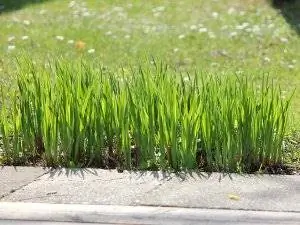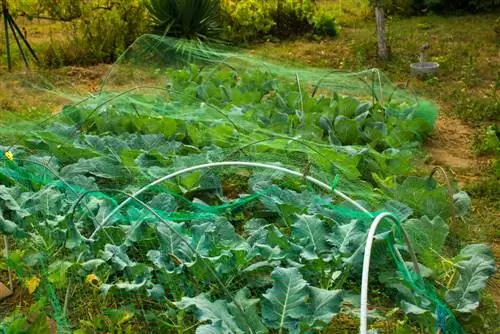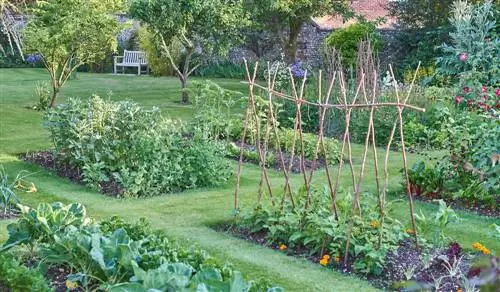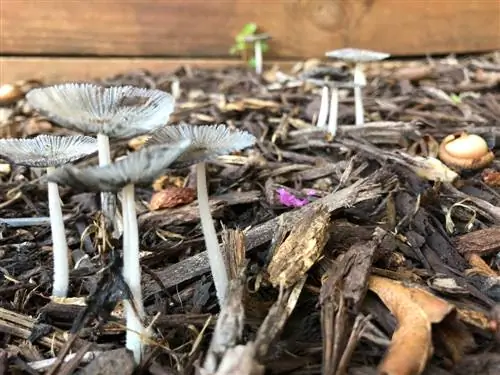- Author admin [email protected].
- Public 2023-12-16 16:46.
- Last modified 2025-01-23 11:21.
Weeds are important for biodiversity. In addition, many plants that we don't like to see in the vegetable patch fall into the category of "medicinal plants" or wild vegetables and take on important tasks in the cycle of nature. To ensure that wild plants do not become a nuisance and the work of weeding is limited, the prudent gardener pays attention to ecological bed preparation and avoids plucking annoying weeds through care measures such as mulching.
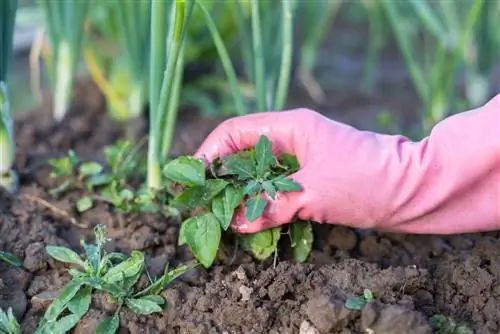
How can you combat weeds in the vegetable patch ecologically?
To ecologically reduce weeds in the vegetable patch, avoid excessive digging, use the “wrong seedbed” and only loosen the soil superficially. In addition, mulching with dead plants counteracts weed formation by depriving light germinators of the conditions to grow.
Tip 1: Only dig if it is unavoidable
You can safely forget the old advice: “Dig up the vegetable patch at least once a year”. Digging causes the layers of soil to mix and many weed seeds come to the surface.
The light and warmth of spring then cause them to germinate. Especially at the time when the vegetable seeds are sprouting and small plants are being planted, they are busy picking countless wild herbs from the bed.
So loosen the soil carefully in autumn with the digging fork (€31.00 on Amazon) and then cover the bed with a layer of mulch made from ripe compost or straw. This means you use the natural cycles, the seeds sprout better and weeds are effectively suppressed.
Tip 2: The “wrong seedbed”
In heavy, clayey soils, digging is not possible in the fall. Use this opportunity to work sand and compost into the soil. The rest is done by the frost, which breaks up the clods and ensures a significant improvement in the soil.
With a trick, the “false seedbed”, you can easily remove the weeds that are just germinating in early spring, even before you plant the vegetable plants in the bed. Prepare the bed about two weeks before the planned planting:
- Heck the soil and water.
- As a result, the weeds will literally explode.
- Now rake the bed superficially so that the weed roots have no direct contact with the soil.
- Do this work on a dry, warm day so that the wild herbs wither quickly.
- You can safely leave the dried plants lying on the bed. They no longer germinate and serve as valuable food for soil organisms.
However, be sure to avoid loosening the soil deeply.
Tip 3: Mulching
Mulching is the process of covering beds with dead plants. This can be grass clippings as well as pulled weeds or the cut nettles from the slightly overgrown garden corner.
Almost all weed plants are light germinators and will not thrive under the dark layer of mulch. However, this layer should not be too thick, two to three centimeters is enough.
Tip
In regions where harvest mites (autumn grass mites) settle, you should avoid mulching. The animals that cause painful, extremely itchy puncture wounds prefer to settle in a damp, slightly putrid environment, such as that found under mulch.



